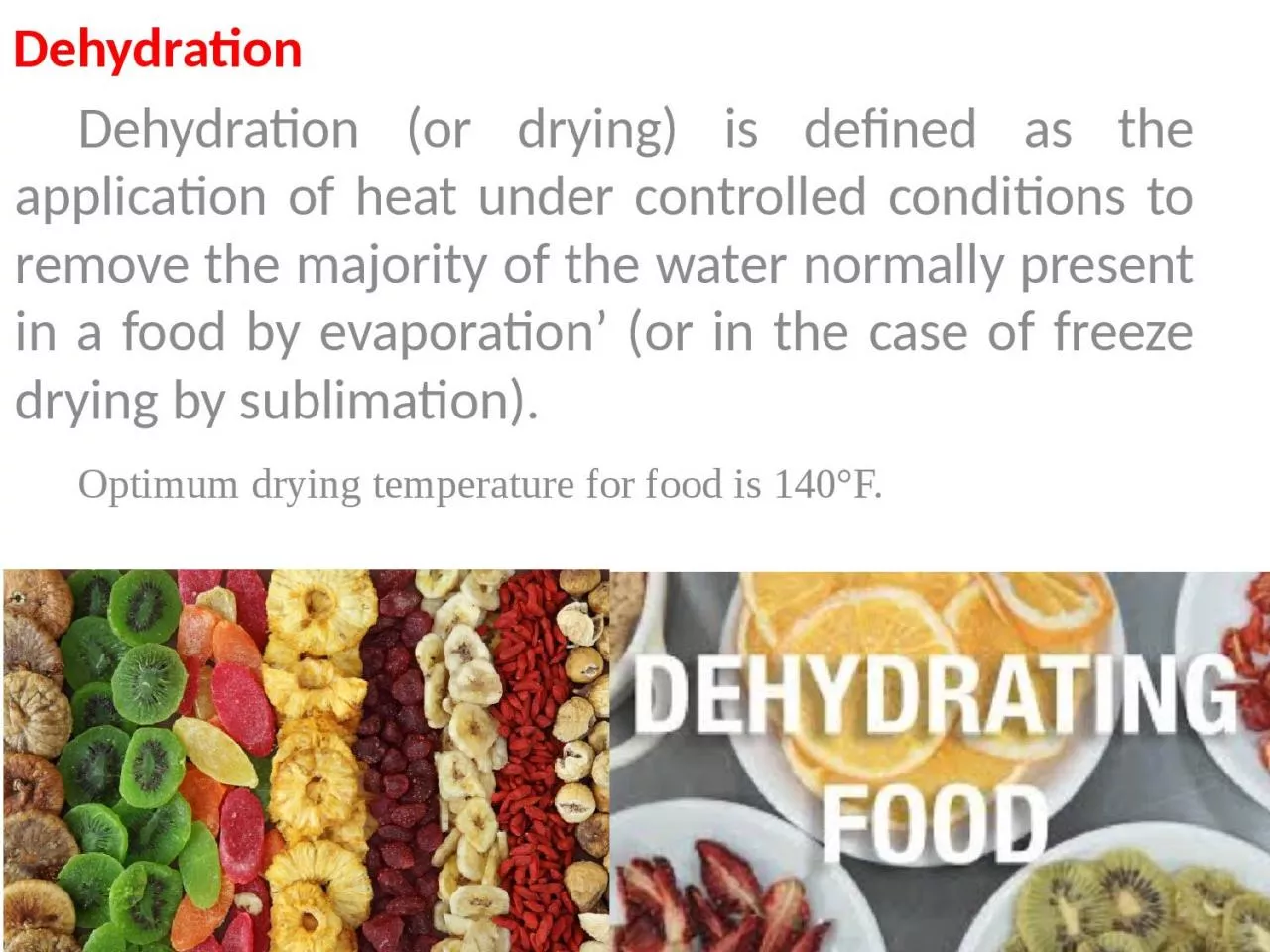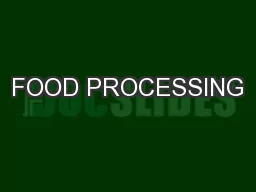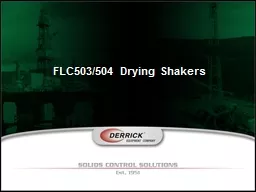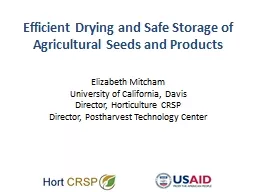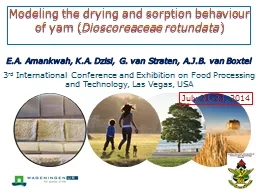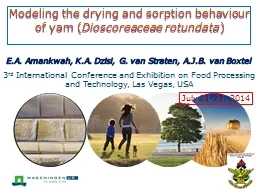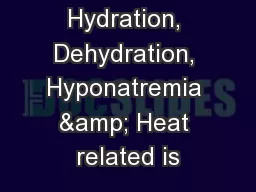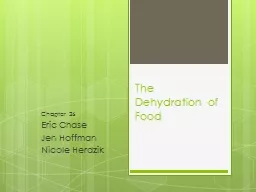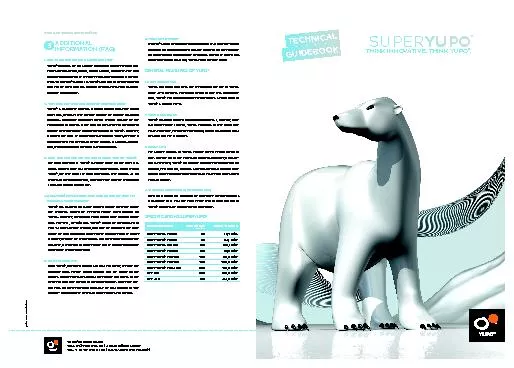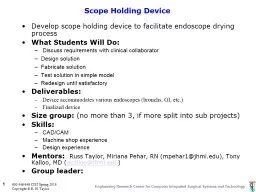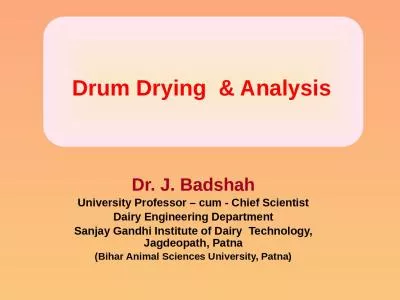PPT-Dehydration Dehydration (or drying) is defined as the application of heat under controlled
Author : pamela | Published Date : 2024-03-15
Optimum drying temperature for food is 140F THERMAL PROCESSING Thermal processing is defined as the combination of temperature and time required to eliminate a
Presentation Embed Code
Download Presentation
Download Presentation The PPT/PDF document "Dehydration Dehydration (or drying) is ..." is the property of its rightful owner. Permission is granted to download and print the materials on this website for personal, non-commercial use only, and to display it on your personal computer provided you do not modify the materials and that you retain all copyright notices contained in the materials. By downloading content from our website, you accept the terms of this agreement.
Dehydration Dehydration (or drying) is defined as the application of heat under controlled: Transcript
Download Rules Of Document
"Dehydration Dehydration (or drying) is defined as the application of heat under controlled"The content belongs to its owner. You may download and print it for personal use, without modification, and keep all copyright notices. By downloading, you agree to these terms.
Related Documents

